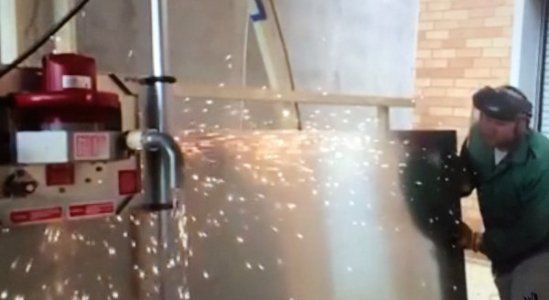- Joined
- Feb 1, 2015
- Messages
- 9,621
I had a Craftsman 3/8" drill from the sixties that had the lock button right next to the trigger switch. It would frequently lock the drill on in use. I finally cut it off flush with the housing; end of problem. I could still use the lock if I wanted to but had to use a drill bit to push it to lock.Sometimes they build it into the switch in such way as to make that very difficult.



